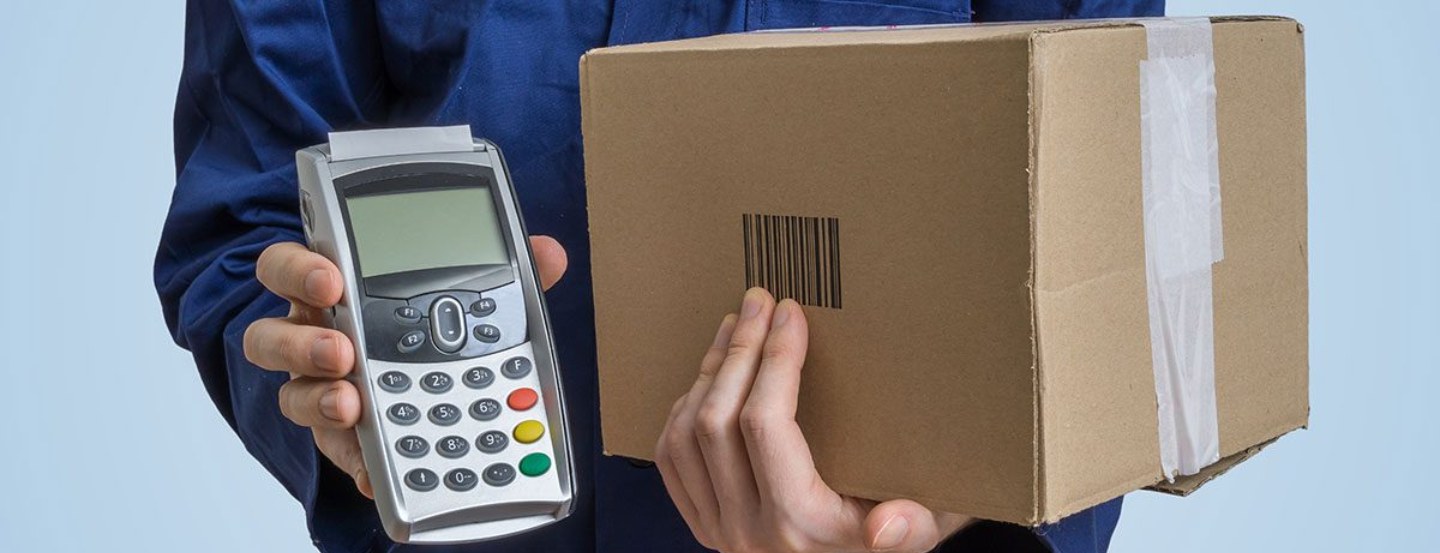Offering flexible payment terms can give you a competitive edge with your international customers. But if your terms are too lax, you may not only increase your risk of late payments and non-payments, but reduce your cash flow to the point that day-to-day operations and growth are compromised. So how you can choose payment strategies that will attract overseas buyers while keeping your financial risks under control?
The most common payment terms in international trade are cash in advance, letters of credit, cash against documents and some form of open account.
The competitiveness of your export business depends on several well-known factors—the quality of your products, your pricing strategy, and customer service, to name just a few. But another factor buyers consider when comparing your company to your international rivals is how flexible you are when offering payment terms.
However, while flexible payment terms can help to increase your sales, the flip side of the coin is that payment terms that are too lenient can increase your risk.
“The most common payment terms in international trade are cash in advance, letters of credit, cash against documents and some form of open account*,” explains Sarah van Wolde, Senior Underwriter at Export Development Canada (EDC). “What you want to do is offer the best terms you can without taking on an uncomfortable level of risk. For you as the exporter, the lowest-risk method is getting your cash in advance, before you even ship the goods. Conversely, your riskiest option is an open account with full payment at some future date, because your customer gets the merchandise before paying for it.”
Nawshad Khadaroo, CCP, General Manager of the Credit Institute of Canada, says that using payment terms to become more competitive can be very successful, but it needs to be done with care.
“You have to maintain a delicate balance in order to be competitive,” says Khadaroo. “The world is a global village and everyone is competing for the same customers, so you have to find a compromise between your risk and your customer’s risk. If you try to put the risk entirely on your buyers, you may scare them off and send them to your competitors.”
You have to maintain a delicate balance in order to be competitive.
Finding that vital compromise means choosing a set of payment terms that will be comfortable for both you and your prospective customer. If the terms are too stringent, your formerly enthusiastic prospect may walk away from the sale. But if the terms are too lenient, you may wait for months to get paid and end up with cash flow problems. Neither result is what you want, so it’s crucial to choose the right payment method for your particular market, customer and transaction.
In addition, knowing which payment option(s) to offer to create a competitive advantage—without taking on unnecessary risk—can depend on a number of other factors as well. Ask yourself the following questions to help guide your decision-making.
1. What payment options are commonly used in the market?
In general, a good beginner’s approach is to offer the payment terms that most companies in your industry use in the local market. The payment option your customers may expect from you can vary from country to country. If you export to the United States, for example, your buyers there will normally pay you using some version of open account, usually net 30 days, and possibly with a discount for early payment.

In Europe and most other foreign markets, however, letters of credit (LCs) are the most common way to handle international payments—although, says van Wolde, that is beginning to change in a few established markets. In the UK and France, for example, some customers are beginning to look for open account terms instead of LCs.
2. What is your risk appetite?

Just because you’ve decided on a certain payment method for one market doesn’t mean you have to offer it for every transaction. If the market is a new one for you, for instance, you may feel it’s too risky to offer an open account. In such cases, you might want to make the initial sale under an LC or a documentary collection arrangement. Later, once you’ve built up a good relationships within your new market, you can consider offering more flexible payment terms.
3. How well do you know the customer?
Even once you have found a good overall balance between risk and payment terms in a particular market, the situation may be different with specific customers.

For example, says van Wolde, “suppose your credit investigations into a prospective buyer reveal a consistent pattern of late payment or other payment difficulties. In cases like that, you’ll be safer asking for cash in advance or a confirmed LC, even if your usual terms for that market might be open account.”
4. How fast is your company growing?
Another factor that can affect your risk appetite and, consequently, your choice of payment terms, is how fast your company is growing: a faster-growing company needs a steady stream of cash flow.

“Let’s say your growth is so aggressive that you need guaranteed cash from your customers as quickly as possible,” says van Wolde. “If you’re in that position, you’ll likely prefer to use cash in advance or ask for LCs. On the other hand, if you have the financial capacity to grow without needing fast infusions of cash, and if you’re also operating in a lower-risk, established market, you may be comfortable with more flexible payment terms.”
“Selling to international customers is a good growth strategy for many small businesses, but you need to be aware of the trade-off between opportunity and risk,” sums up Khadaroo. “But if you carry out your proper due diligence and do everything you can to verify the customer’s creditworthiness, the balancing act becomes a little easier.”
*To understand more about different payment terms, see Different Payment Terms: the Pros and Cons.






